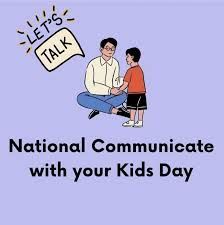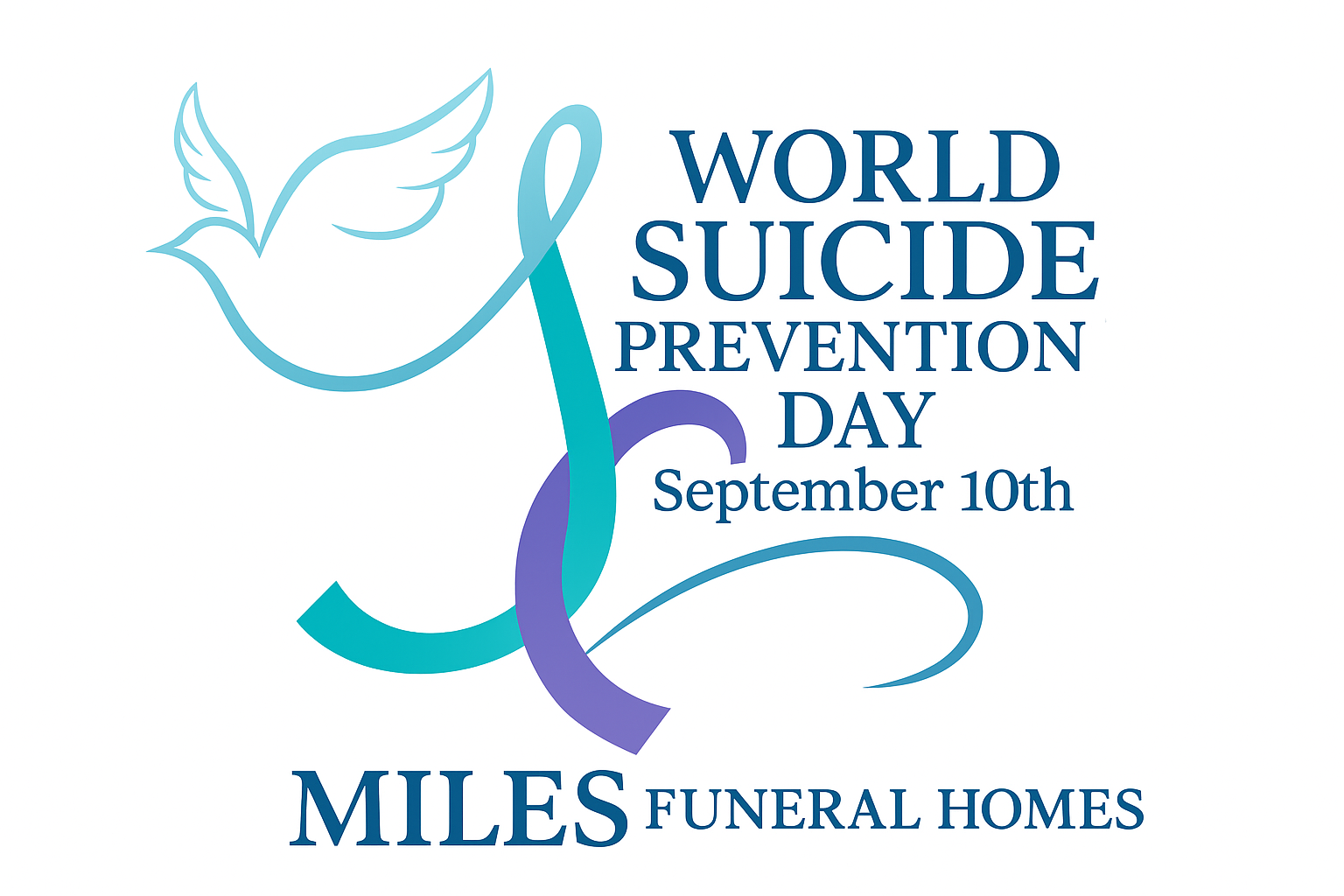Writing a meaningful condolence note...

Today is Hug A Greeting Card Writer Day, a day to honor the writers who provide the words on cards that help us express emotions for various occasions. The origin of this holiday is unknown, but it's celebrated annually to acknowledge the talent of people who write the message in the cards we so carefully choose.
The tradition of sending greetings stretches back thousands of years, with roots as early as Ancient China, where New Year’s messages were exchanged. The Ancient Egyptians are also believed to have shared greetings written on papyrus. By the 15th century, Europe embraced the practice, with handmade cards in Germany often featuring artwork, poetry, or both—celebrating occasions such as birthdays, Christmas, and Valentine’s Day. In 1843, Sir Henry Cole of London commissioned the very first commercial Christmas card. Soon after, publishers began producing cards that made sending warm wishes more accessible to all. Today, an estimated 170 billion greeting cards are sent worldwide each year. My favorite method is an electronic card that gives me the option of writing my own message.
Finding the right words for a sympathy card can be challenging, especially after a tragic loss or when the deceased was a child or the bereaved was a long-term caregiver for the deceased. Mass-produced cards don’t always capture the depth of your feelings, and many people aren’t sure where to start. I’ve often been asked to help write condolence messages, so today seems like the perfect time to offer guidance—whether you’re adding a note to a store-bought card or writing on personal stationery.
There are three meaningful reasons for sending a condolence note:
- To Offer Comfort and Support – A condolence note lets the grieving person know they are not alone and that others care about their loss. Even a few kind words can provide solace during a painful time.
- To Honor and Remember the Deceased – Sharing a memory, quality, or impact of the person who died helps keep their memory alive and shows the bereaved that their loved one’s life mattered.
- To Strengthen Connection – Reaching out in writing expresses compassion and thoughtfulness, deepening relationships and showing that you are present for the bereaved in their time of need.
Here are five thoughtful tips for writing a meaningful condolence note:
- Keep It Simple and Sincere – Focus on expressing genuine sympathy rather than trying to say the “perfect” words. A few heartfelt sentences often mean more than lengthy explanations.
- Acknowledge the Loss by Name – Mention the deceased by name to personalize your note and show that you recognize the significance of their life.
- Share a Memory or Thought – If appropriate, include a fond memory, special quality, or impact the person had on you. This helps the bereaved feel that their loved one is remembered and valued.
- Offer Support – Let the recipient know you are there for them, whether it’s listening, helping with daily tasks, or simply being present. Avoid vague phrases; a specific offer of help can be comforting.
- Close with a Warm, Compassionate Note – End with a gentle, heartfelt sentiment such as “You are in my thoughts” or “Wishing you peace and comfort in this difficult time.”
Some years ago, I visited an elderly widower a few months after his wife’s passing. During our visit, he left the room and returned with a handful of sympathy cards. He spent over an hour sharing the story behind each one—the relationships, the memories, the love. Driving home, I realized that these cards gave him three things: a reminder he was not alone, the assurance of support, and the comfort of cherished memories. In grief, we need tangible reminders that we are cared for. A sympathy card, with its simple message, can offer healing, hope, and connection in those painful moments.
Like anything, writing condolence notes gets easier with practice. It’s never too late to offer your sympathy, and even a simple note can mean the world to someone grieving. Today, take a moment to become a thoughtful card writer—your words can bring comfort, connection, and hope to someone who truly needs it.











